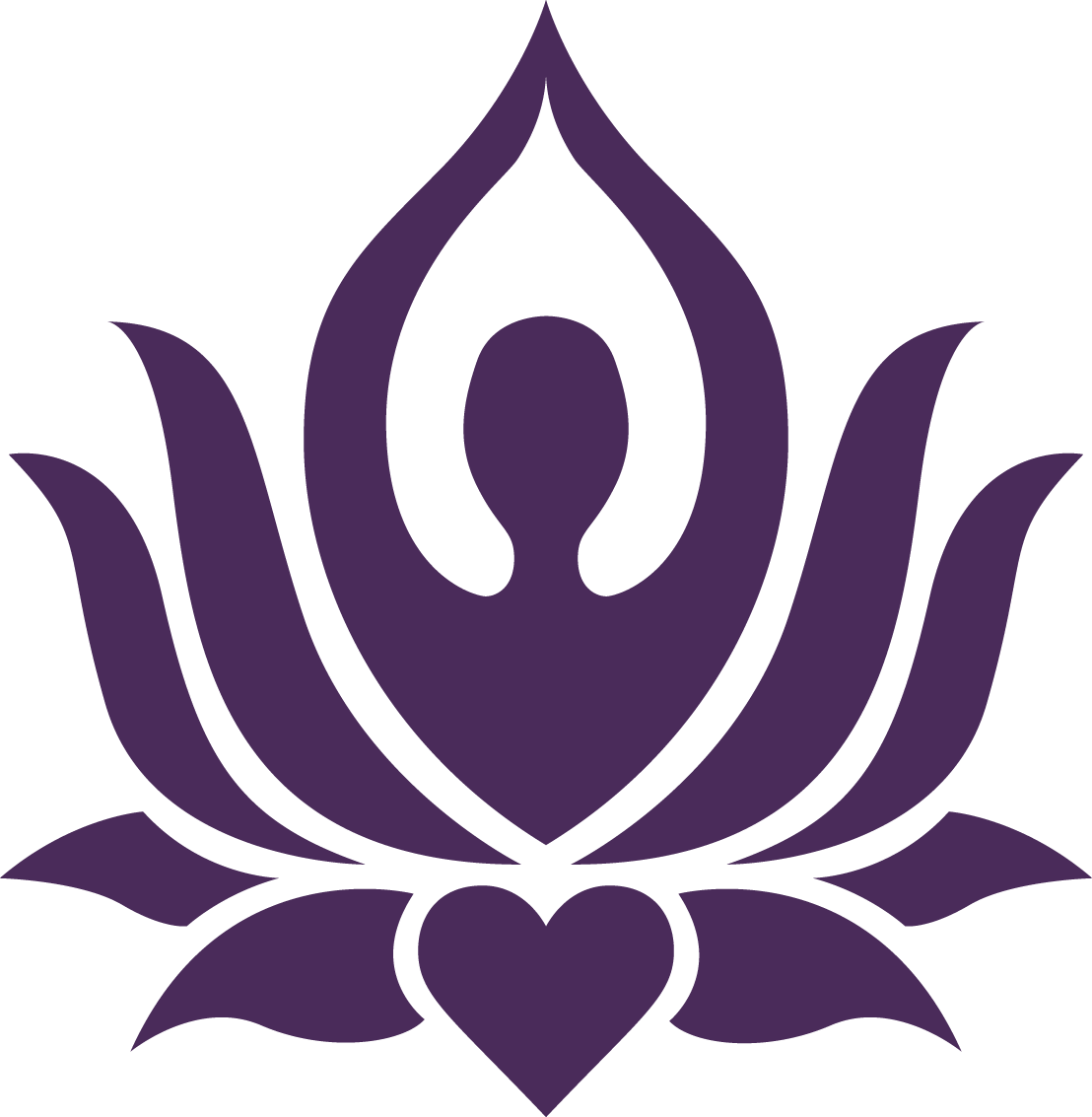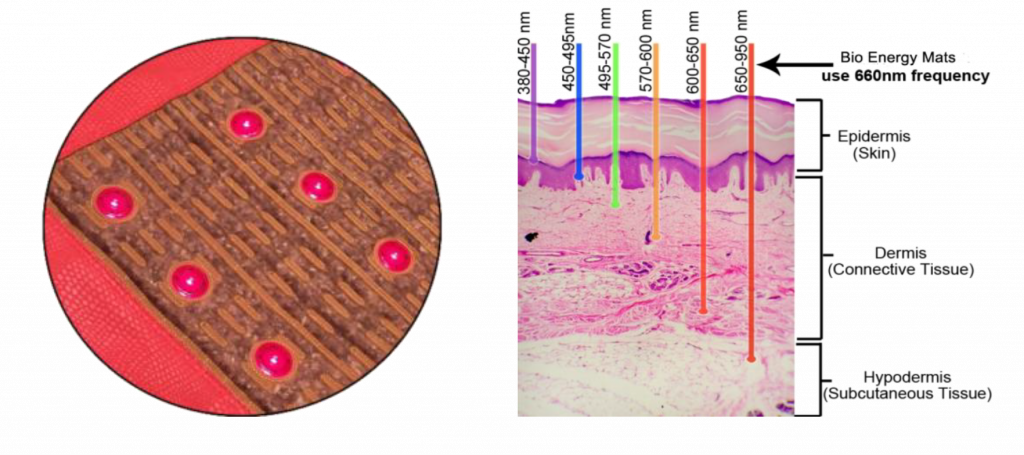Photon Therapy
LED Photon Light Therapy / Phototherapy / Cold Laser Therapy
Phototherapy also known as “photon light therapy”, “cold laser therapy”, “low-level laser (light) therapy” is a type of tissue repair & pain relief therapy that has been used since the 1970s. It has plenty of research proving its effectiveness including multiple peer reviewed studies and has been acknowledged as an effective method of pain relief by the FDA & other international organizations.
Low-level laser light therapy has been proven to:
- Accelerate the healing of wounds, both traumatic and iatrogenic.
- Reduce pain; rheumatoid arthritis, joint pain
- Repair tissue
- Reduce rosacea on skin
- Rejuvenate the skin
- Improve blood flow/circulation, brings more oxygen/nutrients to cells
- Eliminate some viral diseases
- Reduce allergic rhinitis & other allergies
- Boost the immune system
- Reduce inflammation
- Stimulates the acupressure points to clear blockages
- Anti aging effects for the skin
- Activates lymphatic flow
- And much more!
Science & Technology behind Phototherapy
Phototherapy is based on the principle of delivering the light/ photon energy into cells within our body. When the light particles touch the skin the body’s cells absorb the energy. Our cells use this energy to rejuvenate and repair themselves. Phototherapy works similar to how plants absorb light via photosynthesis, using that energy to fuel the organism’s activities. Phototherapy works by the same overall principle, as our cells absorb are able to absorb certain light energies providing fuel for specific functions.
For phototherapy to be effective there are a several important criteria
- The LED must be at the correct wavelength. Studies have shown the most effective wavelengths are between 633nm and 830nm. The LEDs used in this BioMat are at 660nm as when using low levels LEDs this wavelength range is the most effective. (nm = Nanometer)
- The LED must have enough power density (W/cm2), which is the power in watts per cubic centimeter. The phototherapy must have enough energy to deliver the necessary photons to the cells in our bodies. This is best achieved when applied directly to the skin as the further away you get the light energy will disperse & diminish lessening the effects.
- The dose must be adequate. This means there must be enough power, as mentioned in the previous point, and it must be applied for a long enough period of time.
Low level laser light therapy is most effective on the areas it is applied to. To effectively receive the most benefits, the LEDs should be over the specific area you are trying to treat. Ideally, it should be directly against the skin as clothing can block its effectiveness. The closer the light/laser source is to the skin the more effective it will be, making Healthy Wave Mats an effectively delivery method.
Different light wavelengths penetrate different depths into the skin as well. LEDs between 650nm & 950nm penetrate the deepest into tissue ( .6 in to 1 inch) and can be identified by their dark red color (Healthy Line Mats use 660nm LEDs). Low-level laser light therapy will only affect as deep as the light penetrates into the tissue.
While different colored LEDs can have different effects on cells each with their own benefits all light spectrums not between 650nm & 950nm penetrate the tissue considerably less. The relative depths different light spectrums would penetrate the skin are as follows:
- 650-950nm (Dark Red) – 1 inch
- 600-650nm (Red) – 0.6 inches
- 570-600nm (Yellow to Orange) – 0.3 inches
- 495-570nm (Blue to Green) – 0.16 inches
- 380-495nm (Violet to Deep Blue ) – 0.12 inches
Using at least a 650nm LED is at minimum required to effectively penetrate your dermis and regenerate the cells in your connective tissue. Any other color of LED light will only be able to affect the skin, unless of course it is a higher-powered medical professional unit. Any personal phototherapy device will always achieve the best results by using a LED between 650-950nm, such as the ones found in Healthy Line Mats, as they are able to penetrate the epidermis and dermis.
Low level laser light therapy effectiveness is cumulative, meaning longer treatment times and more frequent treatments will be more effective to producing lasting light results.
Myths & Misconceptions of Low Level Laser Light Therapy:
- There are no patents or uniqueness between the phototherapy effects delivered from different devices. The only differences are how you use the device to apply the phototherapy & the overall dose delivered which is determined by the power density (W/cm2) and time over which the dose is applied. The overall effectiveness is determined by the “dose” which is simply the “power density” multiplied by the “time” applied. This means you would receive the same benefits using a 100mw LED over 1 minute as you would with a 5mw LED over 20 minutes.
- Pulsing or changing the frequency makes absolutely no difference. Many devices claim pulsing or modulating the frequency makes their device superior. The fact is the only contributing factor is the total “dose” you receive as phototherapy works by your cells absorbing the total energy from the light photons produced. You can pulse a laser but it will not improve the effectiveness.
- Low-level light laser therapy is not scalar energy. Scalar energy travels in longitudinal waves while light energy travels in transverse waves, which work in completely different ways.

